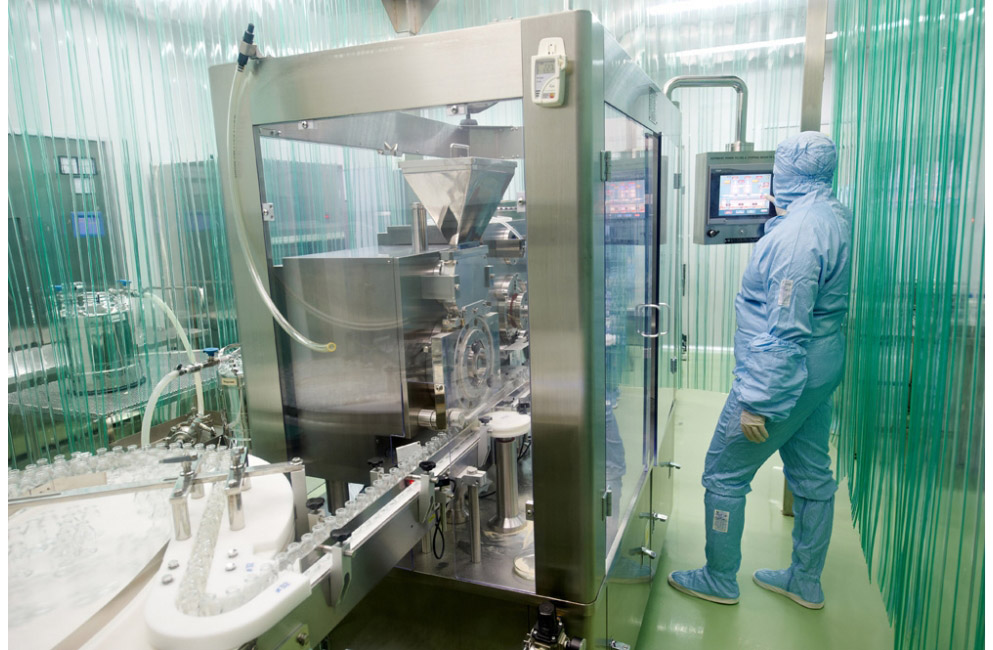FDA process-validation

What Does the Revised FDA Process Validation mean to you
There has been several incidents where low quality drugs are manufactured and marketed despite being produced under “validated” process. Such unfortunate incidents led to complaints and product recalls in many countries. After studying the FDA Process Validation Guidance, 1987 for 22 years, U.S. Food and Drug Administration took a rational and scientific approach to improve and secure the quality of pharmaceutical products.
According to FDA, quality and safety of drugs can be enhanced by making each step of the manufacturing process extremely specific and controlled, rather than randomly testing a sample from the batch of finished products. Therefore the revised version focuses on Life Cycle Approach for process validation where right from the process design to every step in the production is giving a scientific evidence that the manufacturing process is consistently delivering high quality and safe products.
Let’s talk about the tasks carried out and processes scrutinised in each of these steps.
Stage 1: Process Design
Knowledge and understanding of manufacturing process is extremely important to ensure the quality. The process of commercial manufacturing is designed through the application of scientific knowledge gained during laboratory scale and pilot scale manufacturing. You have to identify and state the sources of variability and their impact on quality of the product. The critical processes that may pose threat to quality and safety could be for example analyzed with PAT (Process Analytical Technology) and consistent monitoring through SPC (Statistical Process Control) is desirable.
The primary objective of FDA process validation for stage 1 is to define and control manufacturing process such that the sources of variability don’t have any negative impact on safety and quality of the products.
Stage 2: Process Qualification
Well, you have designed the process and elaborated it enough for employees to carry out the activities. But what’s the proof that your process is fully capable of large scale manufacturing safe drugs with high quality? It is ensured in two simple steps.
First, the FDA process validation requires each of your facility, equipments, process and utilities should qualify for GMP. The analytical and sampling methods used in your company should prove to be within FDA acceptable operating range. If any of these activities fails to meet the standards, it will be moved back to process design stage to carry out required changes.
If everything is found to be acceptable, the process is fully documented to elaborate the necessary conditions for manufacturing (temperature, humidity, purity of water, vibration, light, variation in electric supply, etc.), processing parameters and specifications about raw materials, collection and evaluation of data. The document should also tell about the tests employees have to perform at various steps and the acceptable results for those tests. You should have clear statistical data to prove that your manufacturing facility constantly produces with desired quality.
The FDA process validation guidance instructs on releasing the products in batches.
Stage 3: Continued Process Verification
It is the last step of FDA process validation before the product is released into market. You have to continuously verify that the entire manufacturing process is controlled and consistent, and exactly matches with what was documented in the stage 2. If any deviation is detected in the process, use statistical data to evaluate the undesired process variability. If the statistical results are beyond acceptance, you have to instantly notify it to the operations in-charge and process re-qualification activities must be considered.
Industry has taken FDA process validation approach very seriously and they must comply with it along with the Codes of Federal Regulation (CFR). Demonstrating process knowledge and continuously verifying the processes will ensure that the lot of products going out of your factory is of acceptable quality.
Image Credit
U.S. Food and Drug Administration, www.fda.gov
